One of the greatest wildlife conservation failings of our time is the inability to stop the rampant rhino poaching happening throughout Africa and particularly in South Africa. South Africa is losing an average of 5 rhinos per day to poaching despite the efforts put forth by the South African government and over one hundred NGOs (Non-Governmental Organizations). The irony here, as far as southern white rhinos are concerned, is that it was the South African government – in partnership with the game ranching industry – that brought the white rhino back from the brink of extinction in the 1970s. Saving the southern white rhino from extinction is one of the great conservation stories of our time and now it is in serious jeopardy.
As recently as 2007, there were only a handful of white rhinos poached in all of South Africa. Now, we are on pace to lose as many as 1,400 by the end of 2015. This dramatic increase in poaching is primarily due to the demand created by the surging economic development in Vietnam, where rhino horn is selling for as much as $100,000 per kilogram. Left unchecked, this disastrous number will mean the extinction of white rhinos in the wild in a just few short years.
To assist conservation efforts in South Africa, a number of people in the industry agreed it was time to increase the population of both southern white and black rhinos in the United States in order to build a reservoir population to compliment the wild populations in case this extinction level event cannot be halted.
To that end, in 2011 we started a new venture, a sister organization to Tanganyika Wildlife Park for the primary purpose of bringing more rhinos into the US to build up that insurance population. Moving animals as large as rhinos from Africa to the US can be a challenging endeavor. Challenges include sourcing rhinos and protecting them while in our care, import/export permits, quarantine, acclimation, crating and international transportation.
We pride ourselves in the fact that we have had excellent success in importing these magnificent animals into the US. To date we have imported more than 30 rhinos, all of which have been placed at several large zoological facilities who are committed to rhino conservation by holding dozens of rhinos at their facilities in hopes of making a difference. Over the coming months, we hope to bring many more rhinos as quickly as possible before time runs out. Thankfully, we have a number of zoological facilities on board who understand the threat rhinos are facing and have committed to take rhinos.
Recently, we arranged and imported six adult white rhinos from South Africa for a very special rhino conservation project at San Diego Zoo Global. The San Diego Zoo is a world leader in wildlife conservation and has been actively involved in the conservation of all rhino species throughout the world for many years. No other facility in the world can rival the success the San Diego Zoo has had breeding rhinos.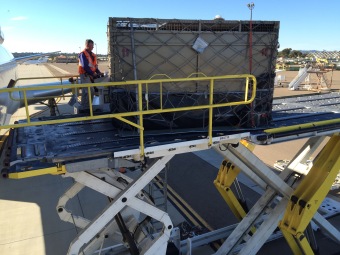
This import was a particular challenge due to the size of the rhinos, the distance travelled, and the aircraft required. We chartered an MD-11 aircraft, which is just a bit smaller than a 747, in order to fly the distances required. I hope San Diego has tremendous success with their rhino project and I would like to thank them for the opportunity to apply our expertise in making this import a reality.
I have included a few photos below of the import to demonstrate the scope of the operation. The logistics to import adult rhinos is only rivaled by the logistical difficulties involved in importing elephants.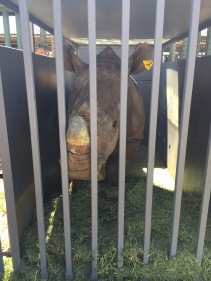
One of the photos shows one of the rhinos in her crate in South Africa prior to loading onto the truck for the journey to O R Tambo International Airport in Johannesburg.
Several photos show the rhinos in the aircraft on the tarmac in San Diego, unloading the aircraft and loading onto the trucks for their final journey to the San Diego Safari Park.
It is my hope that somehow, someway we will discover a way to stop this senseless slaughter, otherwise these magnificent beasts who have walked the earth for several thousand years will be only be seen by our grandchildren in books and on the Discovery Channel.
In the meantime, we will continue to do all we can to rescue rhinos from harm’s way while continuing to build an insurance population we can protect here in the US until this can all be sorted out.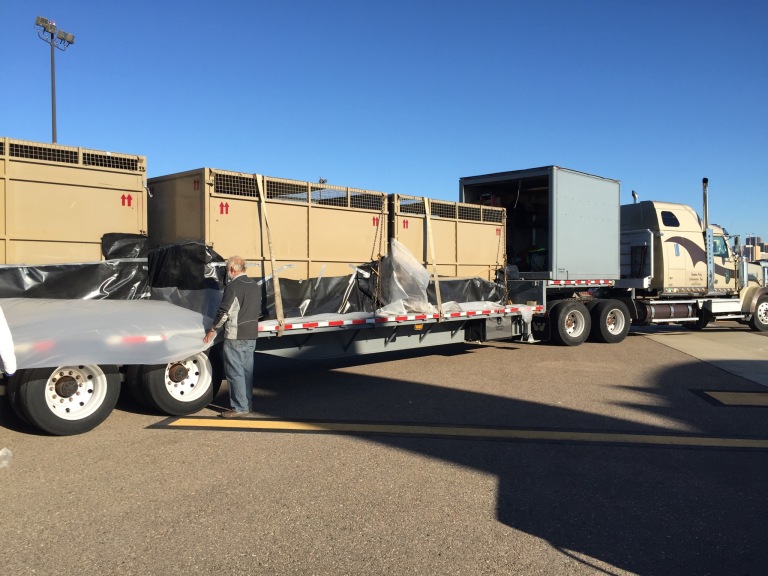
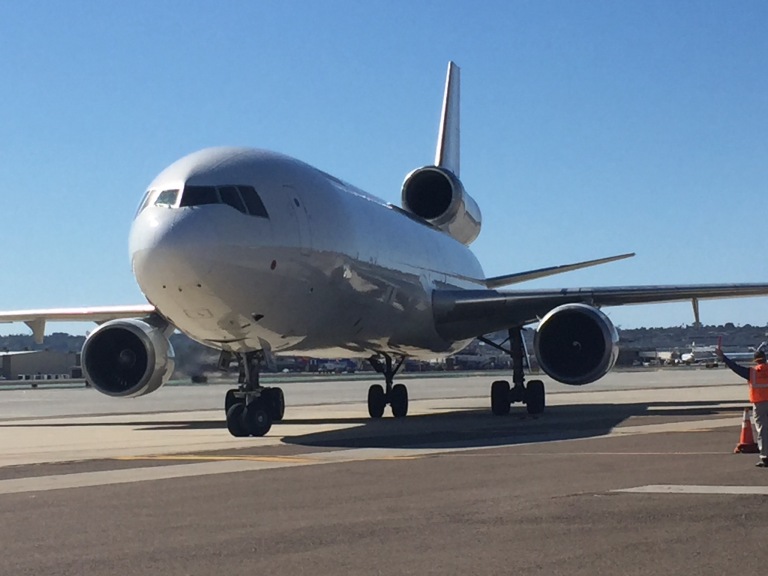

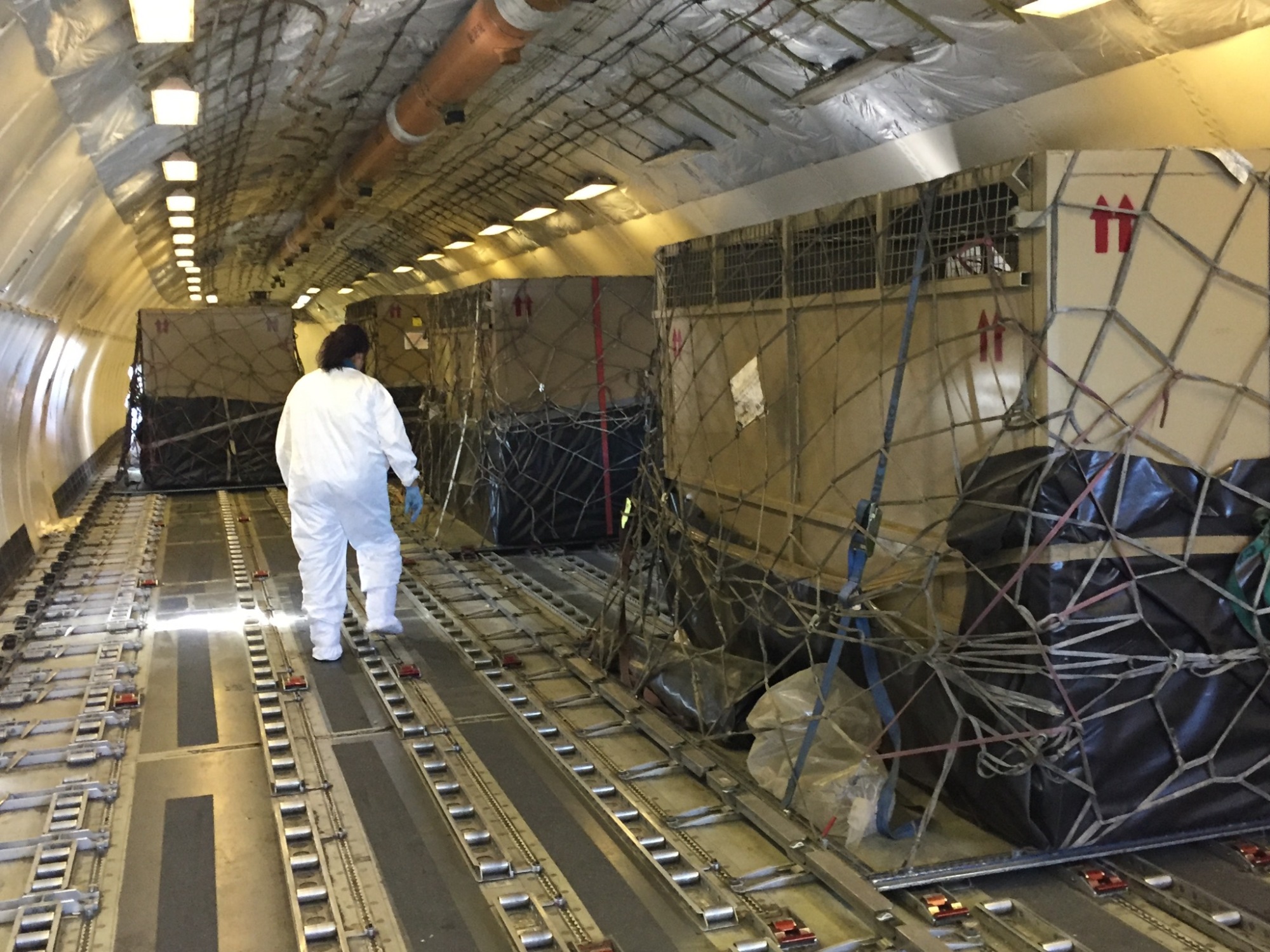
Reblogged this on The Unlikely Conservationist.
LikeLike